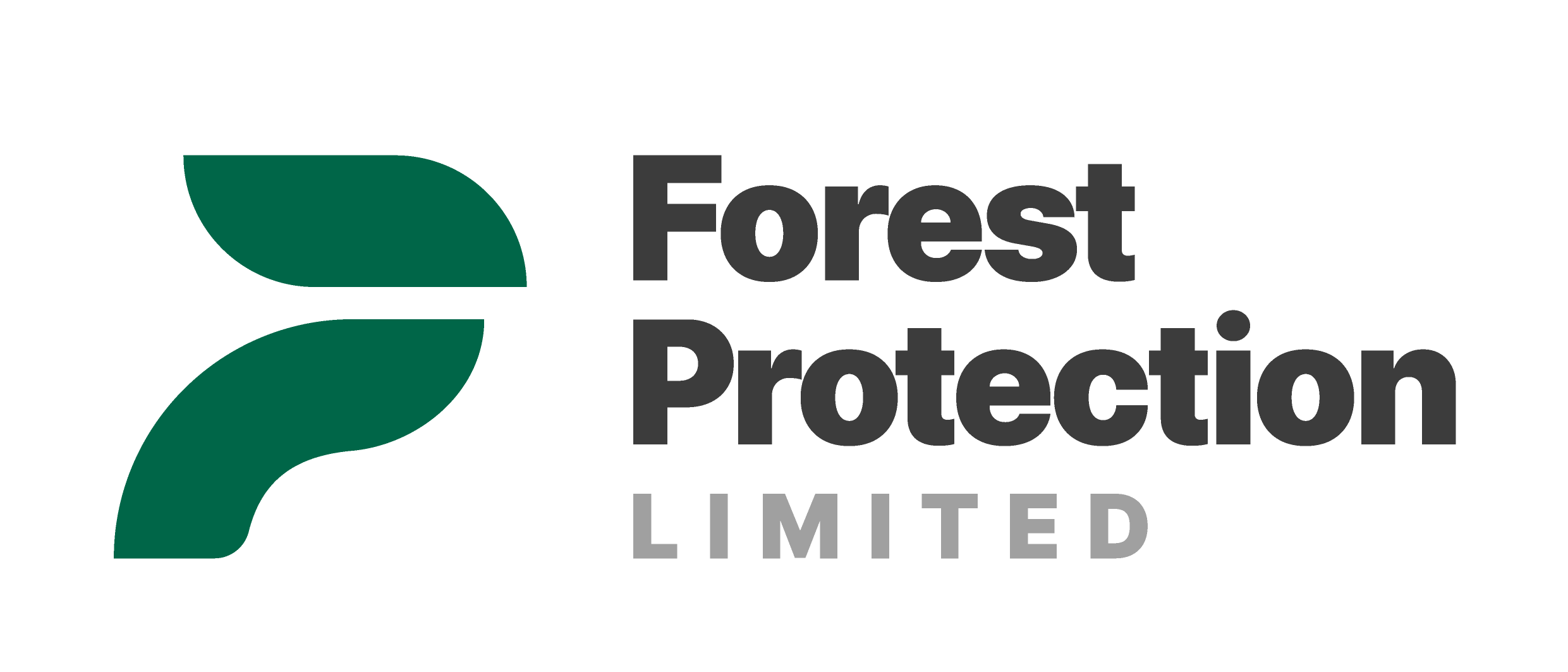Wildfire patrol missions are the first line of defense in aerial wildfire response. These dedicated aircraft patrol the areas of highest fire risk, scanning vast forested areas for early signs of wildfire—smoke columns, heat signatures, or lightning strikes.
Once a wildfire is detected, the patrol aircraft:
- Confirms the fire’s location and size
- Assesses terrain, weather, and fuel conditions
- Communicates directly with provincial wildfire operations and ground crews
When air tankers are dispatched, the patrol aircraft often transitions into the Bird Dog role, taking on command-and-control responsibilities from the sky.
Here’s how aerial suppression unfolds:
- The birddog leads the operation with the pilot controlling the airspace around the fire and determining safe lines for the tanker pilots to follow, and the Air Attack Officer coordinating with ground crews to set the strategy for attacking the blaze.
- Tanker 1 makes the initial drop.
- Tanker 2 adjusts based on updated conditions.
- Tanker 3 and 4 follow, continuing the line or expanding the coverage.
This strategic coordination ensures every drop is safe, effective, and aligned with ground suppression efforts.
From early detection to aerial command—fire patrol aircraft play a vital role in protecting what matters most.

